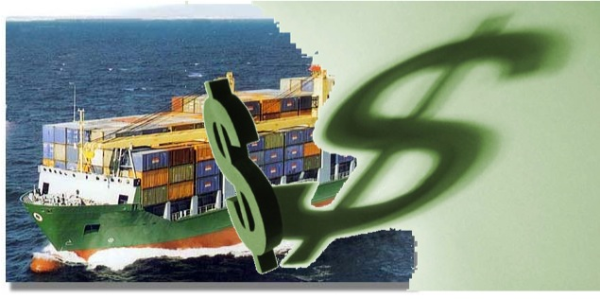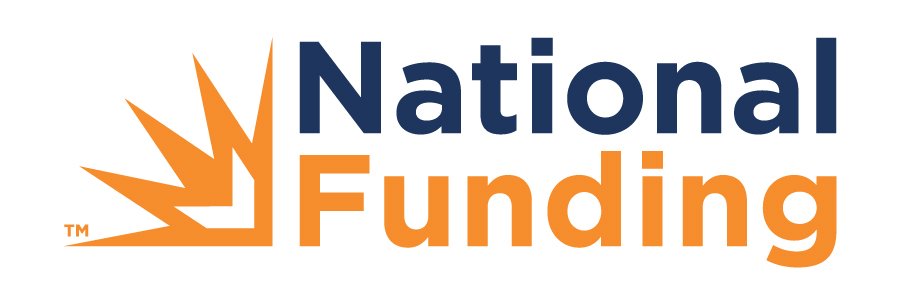Financial Implications to Consider When Importing Goods
This is a guest post by the Bottom Line blog team at National Funding.

The United States imported over $3 trillion worth of goods in 2018 alone. Hundreds of thousands of businesses depend on foreign suppliers and producers because imports are often cheaper and domestic alternatives may not be available. If your business is planning to start importing soon, you’re probably aware of the financial opportunities, but also you should understand the financial implications.
Successful importers know that costs and revenues can shift suddenly with little warning. They insulate themselves through sound financial forecasting and careful contingency planning to stabilize their finances if and when necessary. In this post, we’ll focus on which financial factors your business ought to consider before and after you start importing.
- Transportation Costs – Importers must pay for goods to be shipped into the US by plane, ship, or truck. Transportation costs can fluctuate wildly based on the price of fuel or the speed of the shipment.
- Tariffs – Import taxes have been a contentious issue of late. Since any new or increased tariffs must be paid by the importer, most are planning for higher costs in their financial forecasting.
- Shifting Value – The value of the goods you purchase is calculated on the day of shipment, not purchase. If changes in the exchange rate have caused the value to go up, it could translate to higher import costs.
- Customs Exams – Importers have to pay for any customs exams performed on their shipment. The cost can exceed $1,000, and if customs officials discover any problems with the shipment or paperwork it could lead to expensive penalties and delays.
- Shipping Errors – There is no guarantee your shipment will arrive free of damaged goods or missing items. It’s not always possible to prove who caused the problems, so many importers end up eating the cost.
- LCL Charges – When your shipment is less than a full container load, you will need to pay for warehousing and handling at both the origin and the destination. Depending on how many ports the shipment passes through and what kinds of fees individual warehouses assess, smaller imports can actually have higher added costs.
- Wait-Time Fees – In crowded ports where truckers have to wait in long lines to receive loads, some drivers are charging fees for the time they spend idling. In some cases, wait-time fees can even apply to air shipments.
- Repackaging – If you’re importing goods for resale, they may need to be repackaged to comply with American labeling requirements. Repackaging has a number of constituent costs including shipping, materials and labor that all fall on the importer.
- Audits – Customs has the right to audit import paperwork for up to five years after the shipment has arrived. If the correct documents cannot be furnished or errors are discovered, the importer is subject to fines and restrictions.
What About Other Unknowns?
Importing is a risky business by definition. A lot can happen to a shipment of goods as it’s traveling around the world. Goods could be damaged or destroyed entirely because of extreme weather, or they could be stuck in a foreign port because of an unexpected labor strike. Perhaps the biggest financial implication of importing is that there are few guarantees. Importers can plan things out meticulously and still not account for every conceivable obstacle. For that exact reason, importers need to have ready access to funding to cover all the hidden costs that can arise.
Just because importers need to plan for uncertainty doesn’t mean it’s smart to keep cash sitting in savings. If and when financial implications arise, most importers rely on small business loans for cash flow to pay for higher tariffs or cover an unexpected tax bill. On a more positive note, loans can help free up working capital, allowing importers to seize on opportunities that would be unavailable otherwise.
Importers can never plan for everything, but they must plan for one thing – covering costs on short notice. Small business loans make that possible and can make importing more viable.
This was a guest post by the Bottom Line blog team at National Funding.
Author Bio

The Bottom Line is a blog team from the experts at National Funding, a leading source for small business loans and equipment financing solutions. We show entrepreneurs of all stripes how to resolve cash flow issues and seize growth opportunities. Check in to The Bottom Line regularly to find advice and insights to help you sustain success, and rely on the resources of National Funding if your business ever needs affordable and accessible lending options.




